Tucked along Sardinia’s western coast, Bosa instantly grabs your attention with its rainbow-colored houses spilling down to the Temo River. I stumbled upon this charming Italian gem while roaming the lesser-known corners of the island.
Bosa stands out as one of Sardinia’s most beautiful towns, where pastel-painted buildings look like vibrant artwork splashed across the hillside.
As I got lost in the maze-like streets of the Sa Costa district, Bosa’s medieval character showed up around every corner. Narrow alleys wind beneath the ever-watchful Malaspina Castle, perched on the hill above.
This isn’t just another pretty Mediterranean village. Sardinian traditions still thrive here, and you can feel it.
The peaceful Temo River banks add something different to Bosa’s charm. I found myself hanging out at riverside cafés, just watching local life and thinking about which beach to explore next.
Bosa combines colorful architecture, historic vibes, and natural beauty—without the crowds you’ll find at Sardinia’s more famous spots.
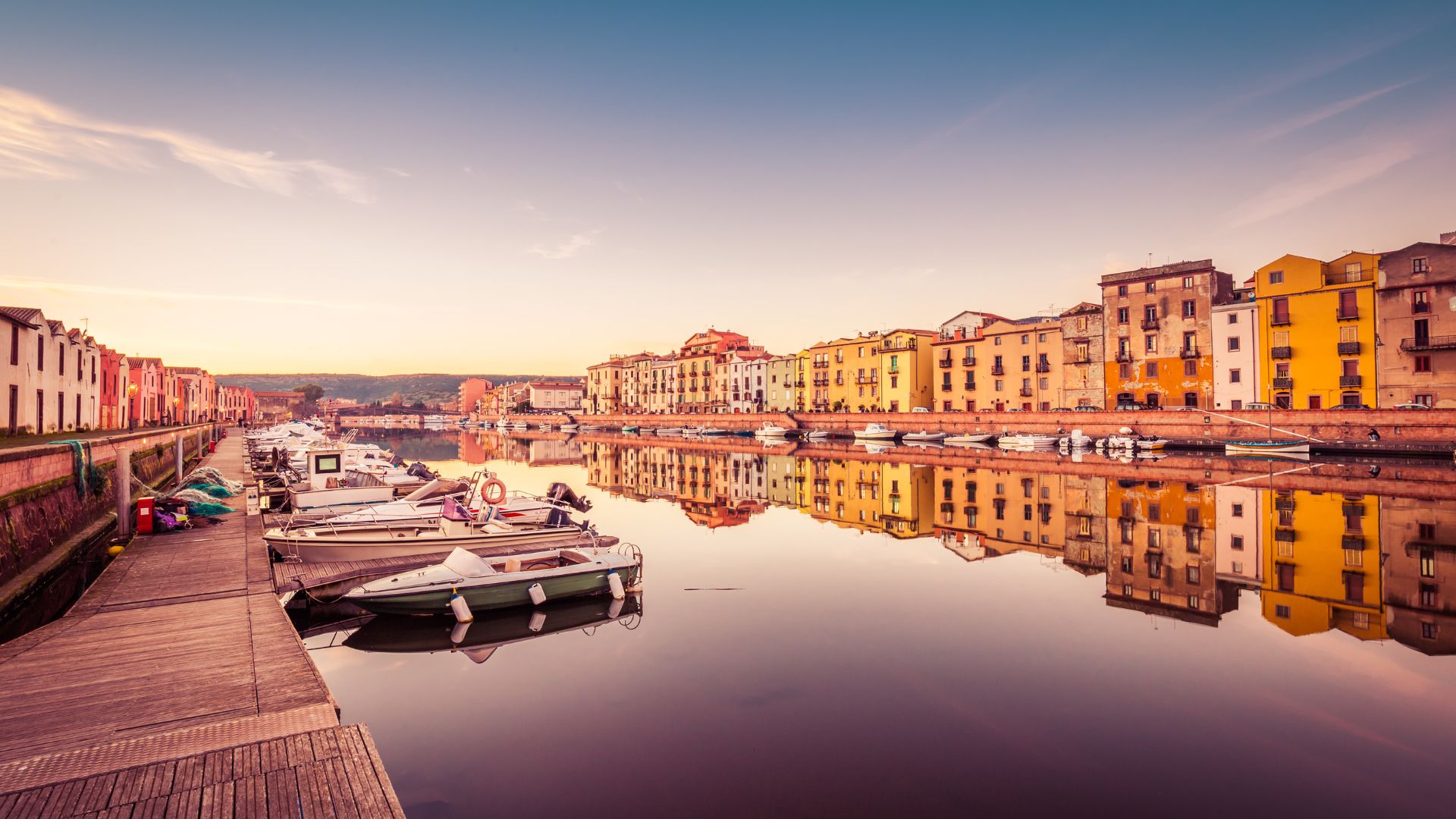
The Enchanting Setting of Bosa
Bosa had me hooked the moment I saw its colorful houses reflected in the gentle Temo River. This rainbow-hued spot on Sardinia’s west coast sits where river, sea, and hills all seem to get along perfectly.
Location and Natural Surroundings
Bosa sits on Sardinia’s western coast, about 45 kilometers south of Alghero. The town nestles between the turquoise Mediterranean and rolling hills covered in olive groves and vineyards.
The valley cradles Bosa, and the Temo River flows right through its heart. I spent hours wandering along the riverside, admiring how the pastel houses tumble down the hillside toward the water.
Malaspina Castle watches over everything from Serravalle hill. This medieval fortress gives you sweeping views of the river, the town, and the sea beyond.
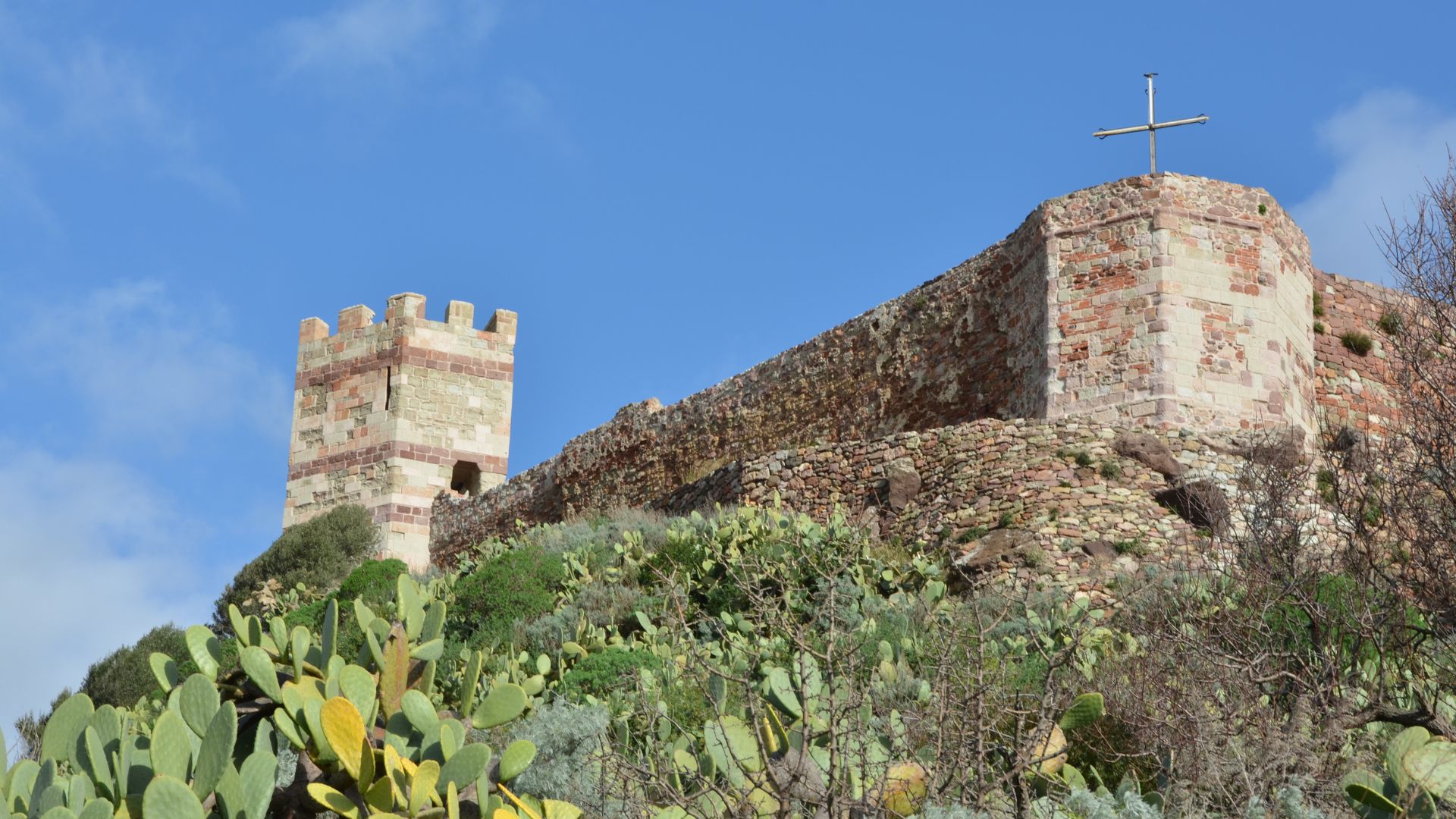
The Temo River: Italy’s Only Navigable River in Sardinia
The Temo River sets Bosa apart—it’s the only navigable river in Sardinia. At about 47 kilometers long, it winds through the landscape like a natural highway.
I hopped on a small boat tour up the river and was surprised by how much the waterway shapes Bosa’s vibe. Historic stone bridges cross its width, and traditional fishing boats called “gozzo” bob in the current.
The river mouth forms a natural harbor, where fresh and salt water mix and create a unique ecosystem. Local fishermen still use traditional methods, and you’ll spot them casting nets in the soft morning light.
Palm trees line some stretches of the riverbank, throwing lovely reflections onto the water. Artists and photographers can’t resist capturing this scene.
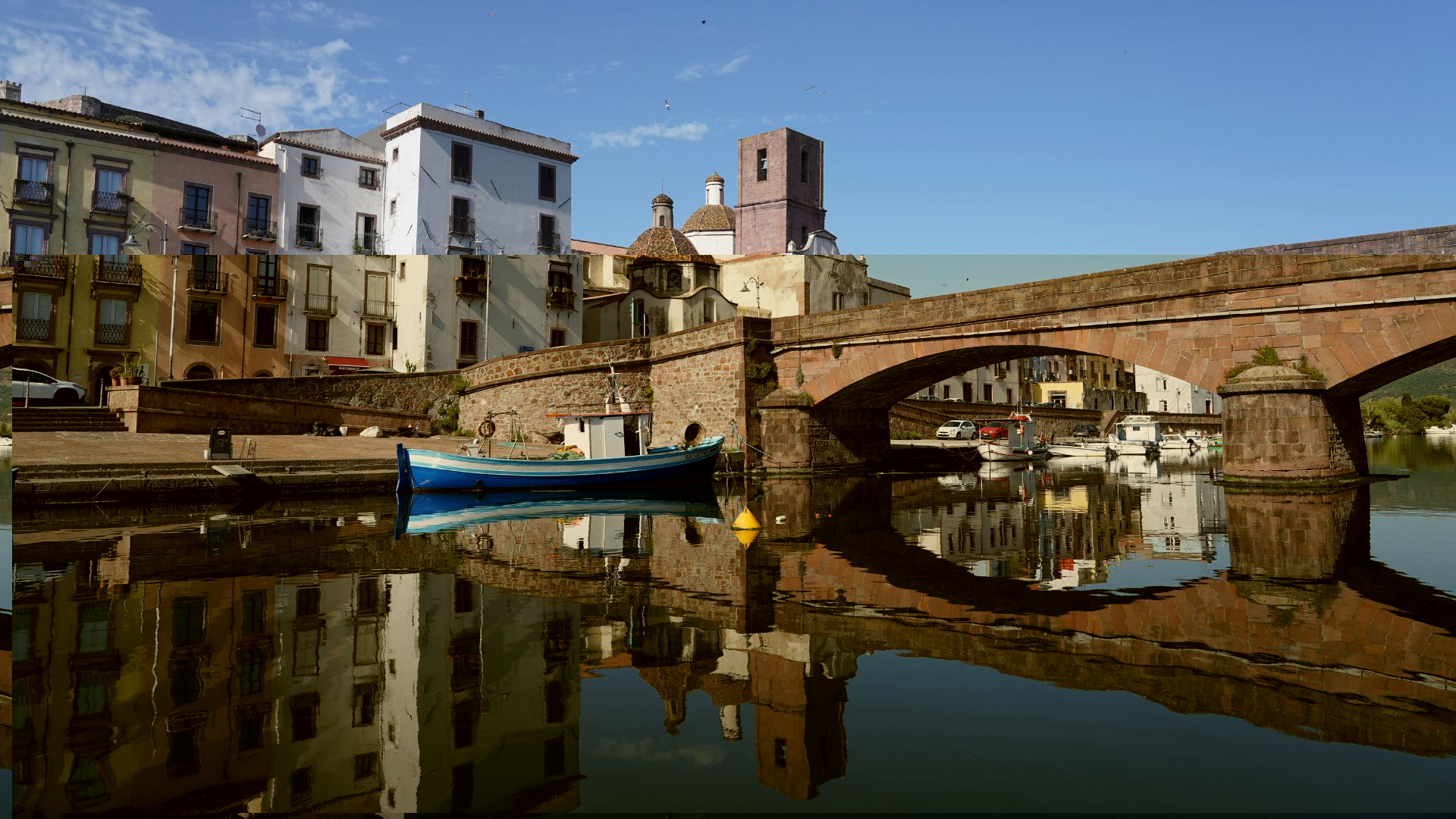
The Mediterranean Climate and Landscape
Bosa enjoys that classic Mediterranean climate—hot, dry summers and mild, wet winters. I visited in May, and honestly, the weather was just right for exploring.
Golden beaches like Bosa Marina line the coast, and the crystal-clear waters are perfect for swimming or snorkeling. The hills nearby are covered in vineyards producing the famous Malvasia di Bosa wine.
Hiking trails crisscross the sun-drenched slopes, offering spectacular views. Olive trees, fragrant Mediterranean scrub, and wildflowers fill the landscape, especially in spring.
The marine environment is just as rich—offshore waters are home to all sorts of fish species.
The Rainbow Hues: Bosa’s Unique Architecture
Walking around Bosa feels like stepping right into a watercolor painting. The town’s rainbow-hued buildings pop against the blue Sardinian sky. It’s honestly one of the most photogenic places on the island.
Pastel-Colored Houses and Terraces
Bosa’s pastel homes are the main event. As I wandered the narrow medieval lanes, I couldn’t help but stop to stare at the pinks, yellows, blues, and oranges brightening the facades. These colors aren’t random—they follow a traditional pattern that goes back centuries.
Many houses have terraces draped with flowering plants and vines, adding another splash of color. Locals use these spaces for drying laundry, growing herbs, or just chatting with neighbors in the evenings.
The buildings usually stand three or four stories tall, with those signature shuttered windows that keep out the summer heat. I noticed the colors seem to shift throughout the day as the sun moves.
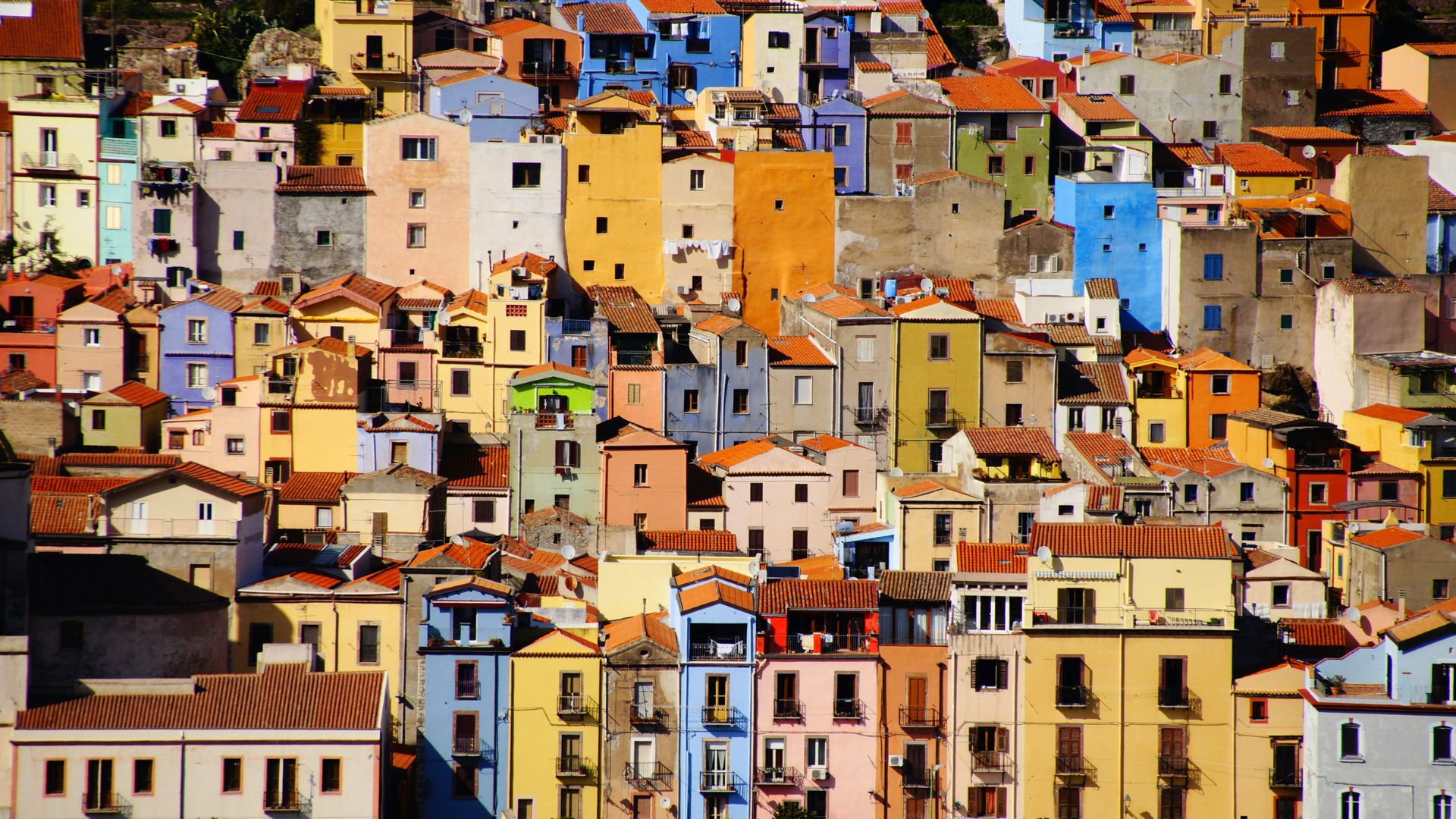
Riverside Strolls and Cityscape Views
The best place to soak up Bosa’s architecture is along the Temo River. I spent ages strolling the riverside, watching the colorful buildings reflect in the water and create a mirrored rainbow.
The town climbs gently from the river, forming a kind of amphitheater of color. For the best views, I’d cross one of the old stone bridges and take in how the houses stack together like a colorful puzzle.
If you head up near Castello Malaspina, you get the full sweep of Bosa’s cityscape. The rainbow houses seem to flow down the hill toward the river, arranged in a pattern that’s evolved over generations.
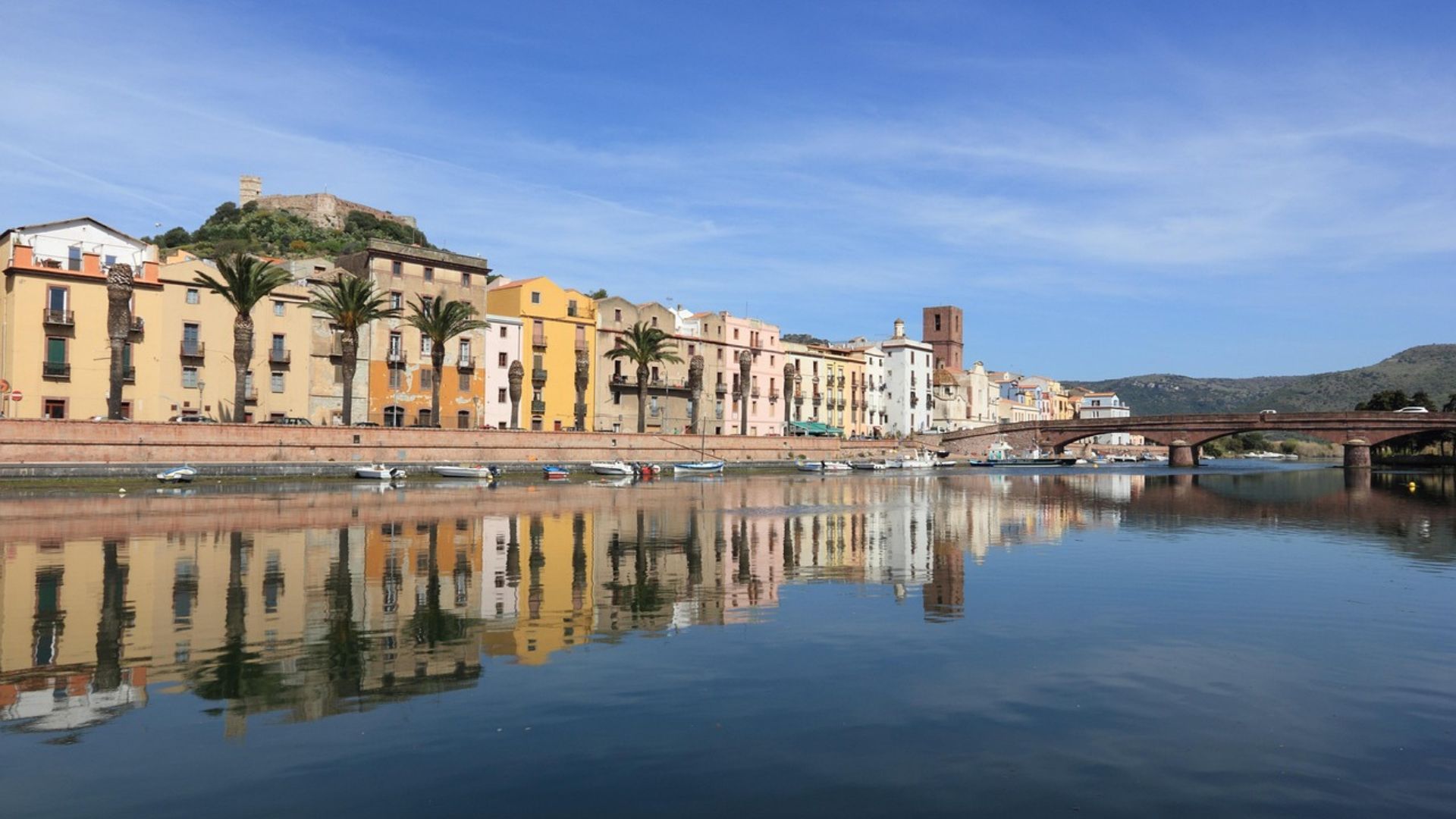
Historical Significance of Urban Layout
Bosa’s layout tells its own story. Fishermen once painted their houses in distinct colors to spot them from the sea. It’s practical, but it sure looks beautiful too.
The old quarter’s winding, narrow streets weren’t just for show—they confused pirates who raided the coast and also offered shade during hot summers.
What really fascinated me is how Bosa’s buildings show off different cultural influences. You’ll find Spanish, Italian, and North African touches in the arched doorways, courtyards, and decorative tiles.
Locals still live in many of these rainbow homes, so the town keeps its authentic character. Preservation here feels real, not just for tourists.
Unveiling History: Culture and Heritage
Bosa’s colors might catch your eye, but the town’s rich culture will win you over. As I wandered the ancient streets, I uncovered layers of history stretching from Phoenician times to the medieval era and beyond.
Malaspina Castle: A Medieval Gem
Malaspina Castle sits dramatically atop Serravalle Hill, dominating the skyline. The powerful Malaspina family built it in the 12th century, and it still offers jaw-dropping views over the town and coastline.
I spent an afternoon exploring its well-preserved walls and towers. Inside, you’ll find the Chapel of Nostra Signora de Sos Regnos Altos, decorated with 14th-century frescoes. These colorful paintings showcase medieval artistry that’s survived for centuries.
The castle’s position shows just how important Bosa was as a defensive stronghold. I loved visiting early in the morning, when soft light turns the stone walls gold.
Local Traditions and Festivities
Bosa’s calendar bursts with lively festivals and traditions. During Carnival (Carrasegare Osincu), locals parade in traditional costumes, filling the streets with music and dancing.
In May, the Feast of San Emilio takes over the town with decorated streets and processions for the patron saint.
The “Sa Sartiglia” festival is a real spectacle—skilled horseback riders perform daring stunts right through the streets. Food is always part of these celebrations, with Sardinian favorites like malloreddus and seadas shared among friends and family.
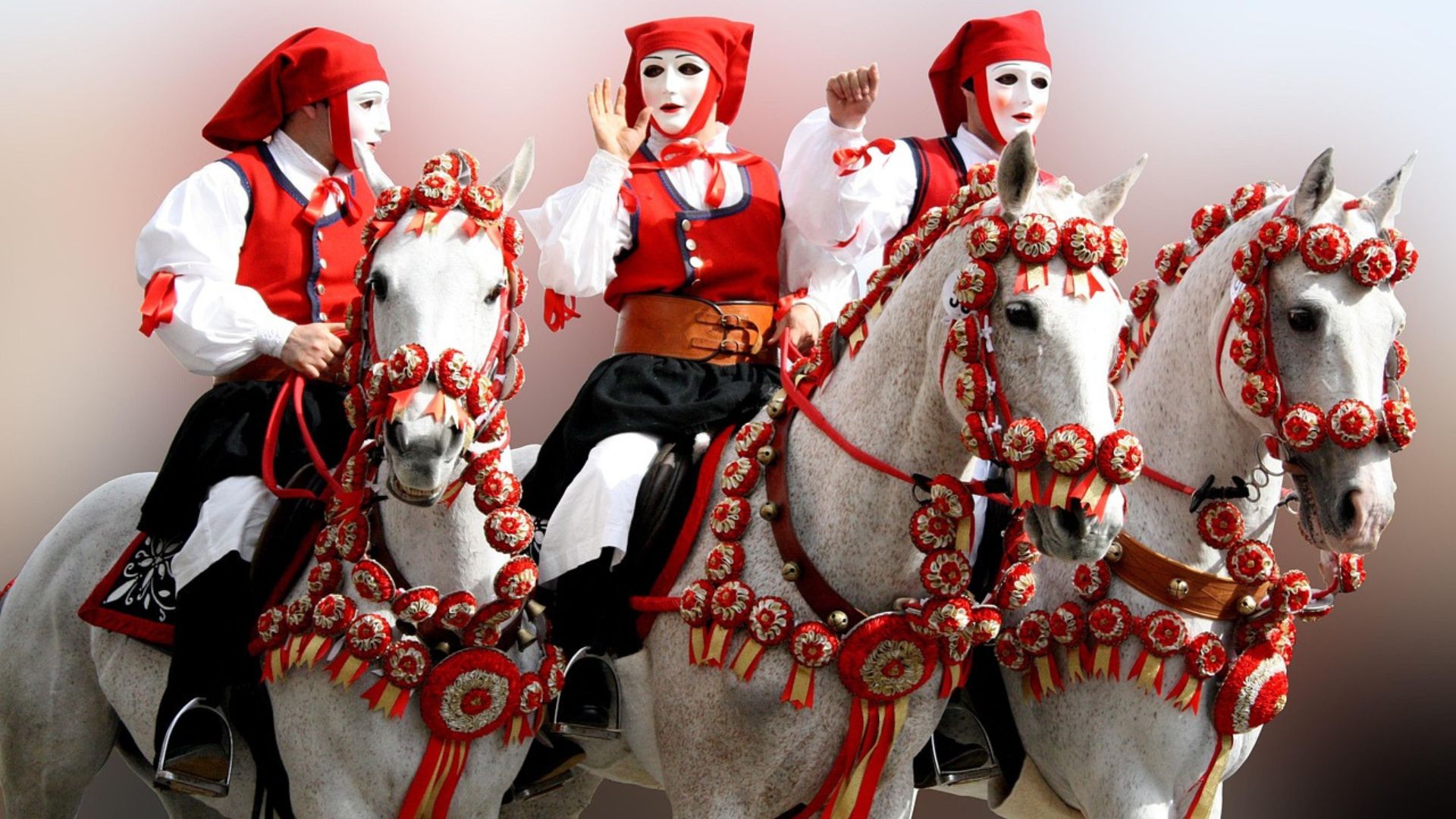
Craftsmanship and Artisanal Heritage
Bosa’s craftspeople keep old traditions alive. The town is especially well-known for filigree jewelry, where artisans create intricate gold and silver pieces using age-old techniques.
I stopped by a few workshops where women still practice “sa filonzana,” the traditional filet lace weaving. It takes patience and skill, but the results are beautiful and make for great souvenirs.
Down by the river, you’ll find the old tanneries—once the economic heart of Bosa. Most aren’t working anymore, but some have become museums where you can learn all about the leather-making process that brought wealth to the town.
Activities and Adventures in Bosa
Bosa is packed with outdoor adventures thanks to its unique landscape where mountains meet the sea. You can go fishing, hike scenic trails, or paddle along the colorful Temo River.
River and Sea Fishing Experiences
The Temo River and the coast around Bosa are paradise for fishing enthusiasts like me. I’ve spent quiet mornings casting lines from the riverbanks for trout and carp. Local fishermen are usually happy to share tips.
For sea fishing, you can book a small charter boat from Bosa Marina. These trips target Mediterranean species like sea bream, bass, and sometimes even tuna. Dawn or dusk is the best time, when the waters calm down.
Some restaurants will even cook your catch for you, which is a pretty cool experience. Gear rental shops in town have everything you need, from basic rods to specialized tackle.
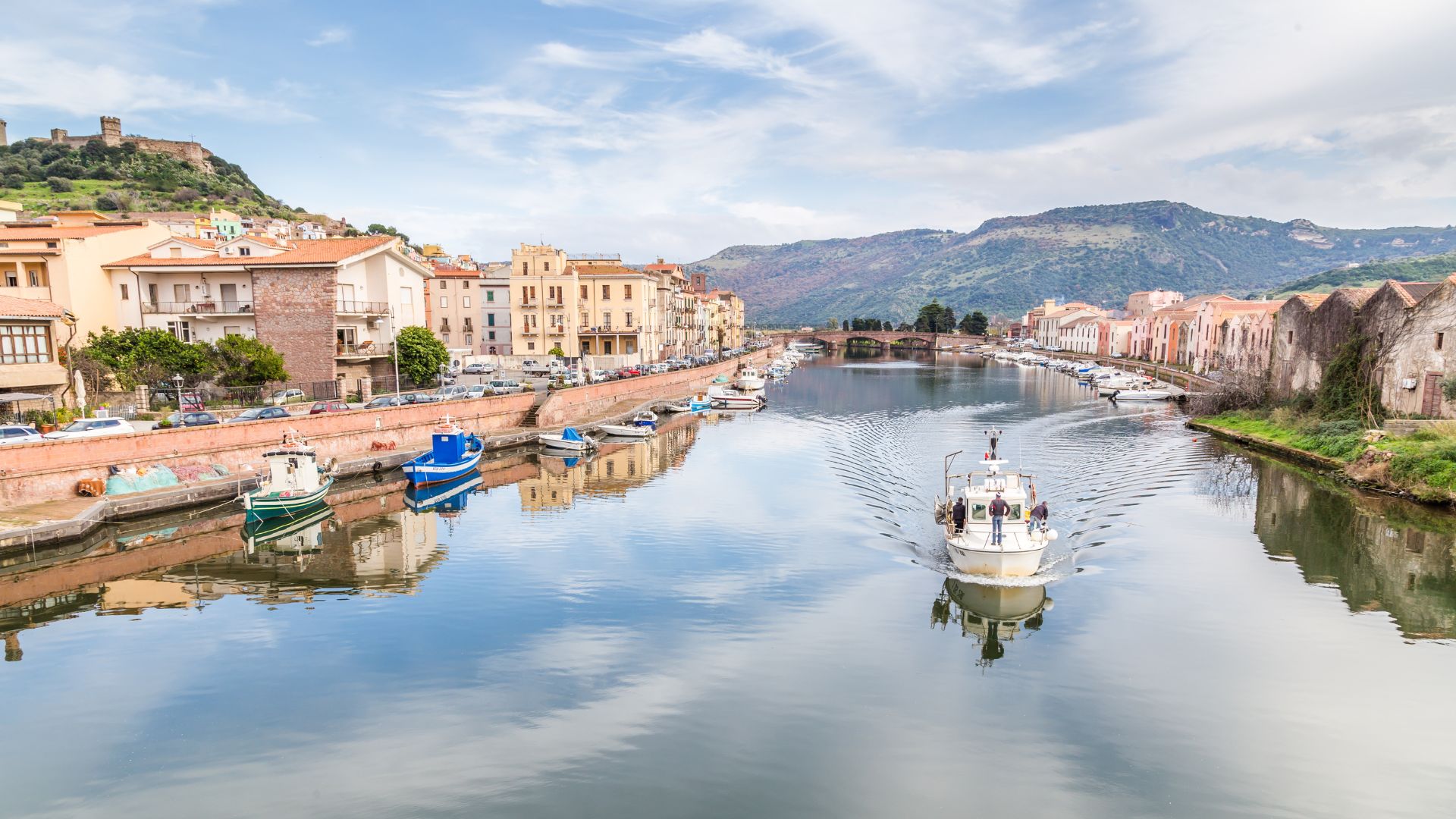
Hiking Trails With Breathtaking Views
The hills around Bosa hide some of Sardinia’s best hikes. My favorite starts near Malaspina Castle and winds through olive groves and vineyards, eventually opening up to panoramic views of the town.
If you’re up for a challenge, the trail to Capo Marrargiu is about 4 miles and takes around three hours. The clifftop views of the Mediterranean are worth every step. I always bring extra water because summer heat can be brutal.
For something gentler, try the coastal path from Bosa Marina to Compoltitu Beach. It’s an easy walk with beautiful scenery, especially in spring when wildflowers are everywhere.
Exploring Bosa by Kayak and Boat
Kayaking along the Temo River gives you a whole new perspective on Bosa’s colors. I’ve rented kayaks from outfitters near the riverfront, usually for about €20 for a couple of hours.
The paddle takes you past old tanneries and under the ancient Roman bridge. The current is gentle, so beginners will be fine, though mornings are usually the calmest.
If you want to see the coast, boat tours leave from Bosa Marina between April and October. These trips take you to hidden coves and caves you can’t reach by land. The water is so clear—snorkeling is a highlight on these excursions.
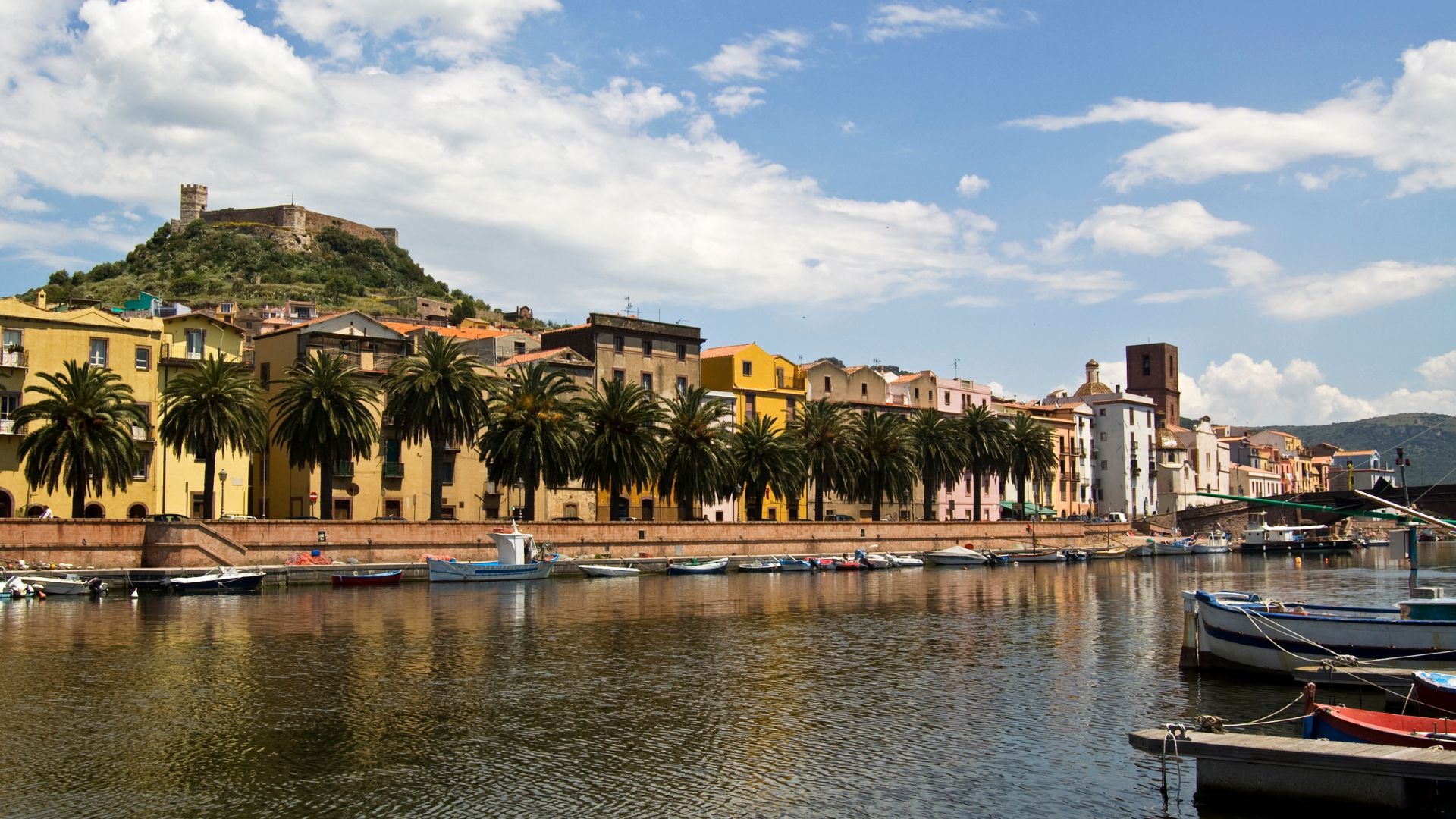
Travel Tips for Visiting Bosa
If you’re planning a trip to Bosa, a little preparation goes a long way. Here’s what you’ll want to know before heading to this colorful riverside town in western Sardinia.
Best Times to Visit
If you’re planning a trip to Bosa, I’d say May-June or September-October are just about perfect. The weather usually hovers around 70-80°F (21-27°C), and you won’t have to elbow your way through crowds in those narrow streets.
When July and August roll around, Bosa really comes alive. Sure, it gets hot—sometimes up to 90°F (32°C)—and the town fills up, but that’s when the festivals kick off. The Carnevale Estivo in August? It’s wild, in the best way.
If you swing by from November to March, you’ll find a quieter Bosa. The temperatures drop to about 50-60°F (10-15°C), and the whole place feels peaceful. Just keep in mind, some restaurants and attractions might keep odd hours or even close.
Honestly, spring has a special kind of magic. Wildflowers bloom along the countryside roads, and it makes every drive feel like a little adventure.

Getting There and Around
Bosa doesn’t have its own airport or train station. The nearest airports are:
- Alghero-Fertilia Airport (about 31 miles/50km north)
- Cagliari Elmas Airport (about 87 miles/140km southeast)
From either airport, you can rent a car, which I’d recommend if you want to explore a bit. There’s also a bus—ARST runs routes to Bosa.
That drive from Alghero to Bosa along the SP105? It’s something else. Dramatic cliffs, endless sea views—honestly, take your time and pull over at the viewpoints. You won’t regret it.
Once you get to Bosa, just walk around the historic center. Those narrow, cobbled streets really aren’t made for cars. If you want to check out the nearby beaches, grab a local bus in summer or rent a bike from one of the shops in town.
Where to Eat and Stay
Dining Options:
- Trattoria Sa Nassa – You’ll find authentic Sardinian seafood near the river here.
- Ristorante Borgo Sant’Ignazio – This place serves up traditional dishes, and the river views are honestly hard to beat.
- Locanda di Corte – If you want local wines and appetizers, this charming spot is a solid pick.
You really shouldn’t leave without tasting Malvasia di Bosa, the local sweet wine. I’d also recommend the burrida, a fish stew with walnuts that’s a bit of a hidden gem.
Most restaurants cluster along the riverfront or in the old town, so you won’t have trouble finding a good meal.
When it comes to places to stay, a few options stand out:
- Hotel Palazzo Sa Pischedda – This historic building offers beautiful rooms and a bit of old-world charm.
- B&B Vescovado – Right in the heart of the old town, it feels cozy and welcoming.
- Agriturismo Sa Lumenera – If you want a rural experience, head just outside town for this one.
If you’re traveling on a budget, check out the guesthouses in Sa Costa. That colorful hillside neighborhood gives you fantastic views over the town and river.

